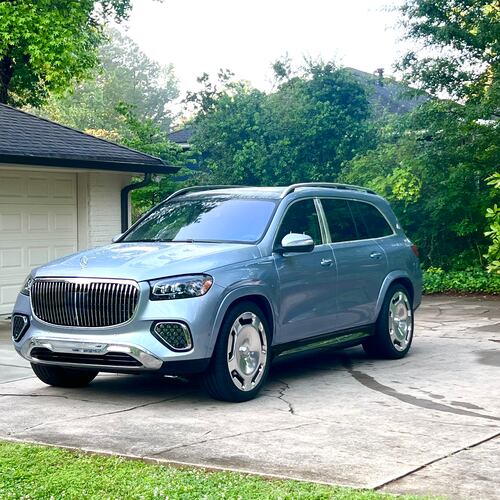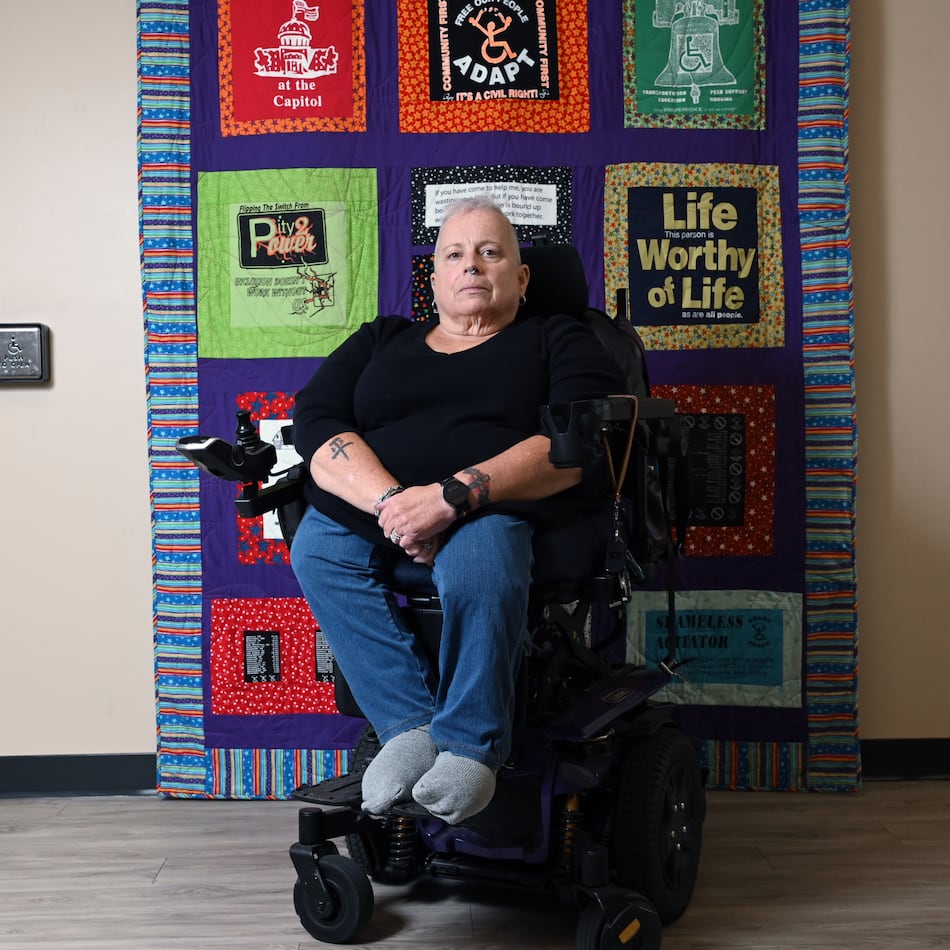He’s been dispatched to the aftermaths of so many hurricanes that he hasn’t bothered to count them all.
Hugo, Erin, Opal, Floyd ….
“Probably at least 20,” James Warren told me by phone as he headed to yet another property smacked by Hurricane Harvey.
He specializes in catastrophes as an insurance claims adjuster for Atlanta-based Crawford & Company. But he has actually ridden out just one hurricane.
That was enough. He was nine. And the house disintegrated around them.
Now, 56 and living in Texas near an ocean sometimes ripe with the swirling beasts, Warren doesn’t hesitate when a new one is brewing off shore. He packs the family in a motorhome with 60 gallons of gas and 60 gallons of water and heads far inland.
Which is why he wasn't home when Hurricane Harvey struck his house.
Warren already knows what will await storm refugees like those from Hurricane Irma when they return: Communities without gas. Shuttered grocery stores. Endless thickets of nails that will puncture tires, with no open repair place for miles.
For owners of businesses, the biggest question is: When will power be restored? Because they are literally powerless without it, Warren said. “It’s difficult to run a business off a generator.”
For homeowners still absorbing the heartache of their losses, there is one particularly pragmatic question after a catastrophe, Warren told me. “How soon can my insurance start paying me money?”
Warren usually knows the answer, of course.
He told me he has worked virtually every hurricane that has hit the U.S. since 1988. He’s also been dispatched to other calamities: tropical storms and tornadoes and house fires.
An ice storm in Boston kept him busy and living out of a suitcase for a year-and-a-half. His wife is an adjuster, too, so she knows the way the wind blows.
During the cleanup after Katrina, he worked a Mississippi homeowner’s claim that included a sailboat presumed to have sunk in the Gulf. A week later, while working on another claim, Warren happened to find it: washed ashore and five miles inland, listing in a pond.
Earlier this year he worked Cyclone Debbie in Brisbane, Australia, then shifted to the Bahamas for claims left from Hurricane Matthew.
“Catastrophe” used to be part of Warren’s job title: catastrophe claims representative. But the company dropped it. “I think they didn’t like reminding everyone you’ve been in a catastrophe.”
When big storms hit, insurance carriers don't have enough of their own personnel to deal with the deluge of claims. So Crawford and other companies help fill the need. Warren is an employee, but plenty of insurers scoop up what he calls "1099 adjusters," individuals who are contractors brought in for a single hurricane gig.
People with this kind of specialty make do. Warren has a suitcase always packed and ready. Some adjusters bring along snake boots, particularly if they are working in sand dunes. Others carry protective masks because mold is everywhere in the days after a hurricane.
Warren skips that stuff. He makes sure he has his tape measures, chalk (to mark roof damage), tool belt, ladder, pens and clipboard.
“The biggest thing you worry about is flat tires, because there are nails everywhere. So you carry an air compressor and a tire plug kit…. A cigarette-lighter air compressor takes a half hour, but it will fill a tire back up.”
Available hotel rooms are usually an hour and a half away, typically in areas that still have functioning restaurants and gas stations. So each morning before a run into a disaster zone, he loads up with water and drinks, fills the tank with gas and packs in a lunch and dinner. He’s already sorted through stacks of emails about claims, picking those he can get to first.
Some have trees leaning on houses, jagged holes in roofs, swimming pools left murky and open. The homeowners usually afraid are that if they change anything — cut down the tree or get a contractor to put up a tarp — their insurer won’t reimburse them.
Warren said he’s never seen that happen, but he only works with major carriers. He tells homeowners to take plenty of pictures, keep receipts and do whatever’s necessary to protect their homes even before he visits.
“We inspect their property together, come to an agreement on what the damage is. I come up with estimate of what it should cost to fix, and submit that to the insurance company.”
It isn’t always that simple.
Credit: TONY RANZE
Credit: TONY RANZE
The owners dig out photos showing what family heirlooms looked like in better times. Usually, Warren said, it seems like they are already know they are not going to get a good answer. Many major insurance companies typically pay a total of only $500 to $2,500 toward the extra value of all antiques, he said. Otherwise, they are priced at replacement cost for buying new items.
“There are a lot of restrictions on what insurance companies pay,” he said. “I always make it a point to tell you the things you are not going to get paid for as quickly as I can, so you don’t have a surprise.”
Many hit by Harvey apparently didn't have flood insurance, which typically isn't included in homeowner insurance policies.
Beyond pain and destruction, hurricanes load their victims with immediate, unexpected costs. Hotels and eating out take dollars. Major insurers frequently set up RVs in a nearby town where they process portions of claims on the spot, Warren said. Like paying out $500 for food spoilage.
It’s enough to help get by another week.
I asked Warren about Harvey. The storm’s eye passed 10 miles east of his house. It took some of his siding, shingles and parts of his fence. But at the time, he and his family were three hours away in an RV park crowded with other storm refugees.
He learned his lesson in 1970, when Hurricane Celia chewed into his parents' home in Corpus Christi.
“We watched the roof blow off. Then the carport blew off. When the eye came over, we got in the car and dodged power lines” as transformers popped. He and his parents and brother spent the rest of the hurricane at a school a mile away. Then they returned to what had been their home.
“It was a pile of rubble,” Warren said.
Over the years, he’s met others who have lost just as much. Which is not the same as everything.
“Most people,” he told me, “are just thankful for what they have left.”
Related columns:
Find Matt on Facebook (https://www.facebook.com/mattkempnercolumnist) and Twitter (@MattKempner) or email him at mkempner@ajc.com.
Other Kempner's Unofficial Business columns: http://www.myajc.com/news/opinion/matt-kempner-unofficial-business/j9F7R2mOGomS5FMjfhho2O/
About the Author
Keep Reading
The Latest
Featured





